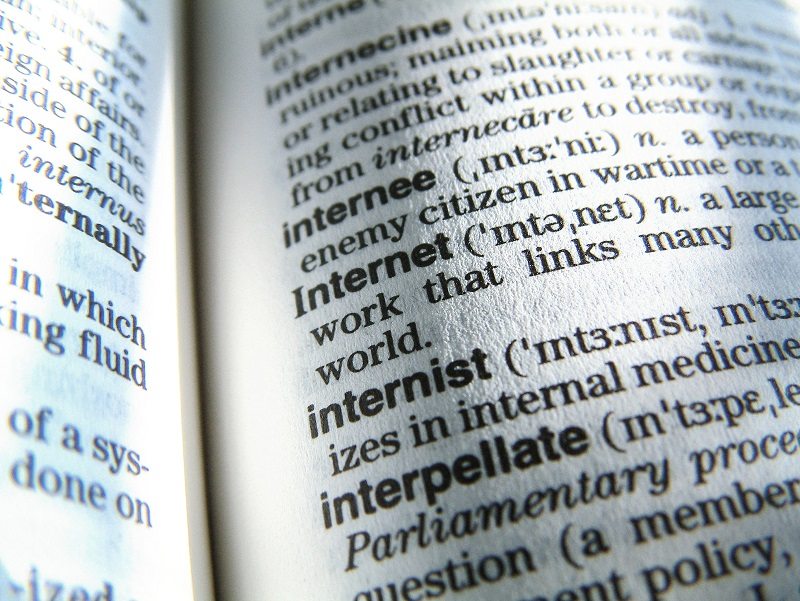Definition: To address issues with the current IP protocol in use (IPv4 or version 4) and to add features to improve the protocol for the future the Internet Engineering Task Force (IETF) has introduced IPv6 (Internet Protocol version 6) also known as IPng (Internet Protocol Next Generation).
IPv6 uses 128-bit addresses rather than the current 32-bit addresses allowing for an exponential increase in the number of available IP addresses. IPv6 also adds new security and performance features to the protocol. IPv6 is backwards compatible with IPv4 so that different networks or hardware manufacturers can choose to upgrade at different times without disrupting the current flow of data on the Internet.

Comments are closed.